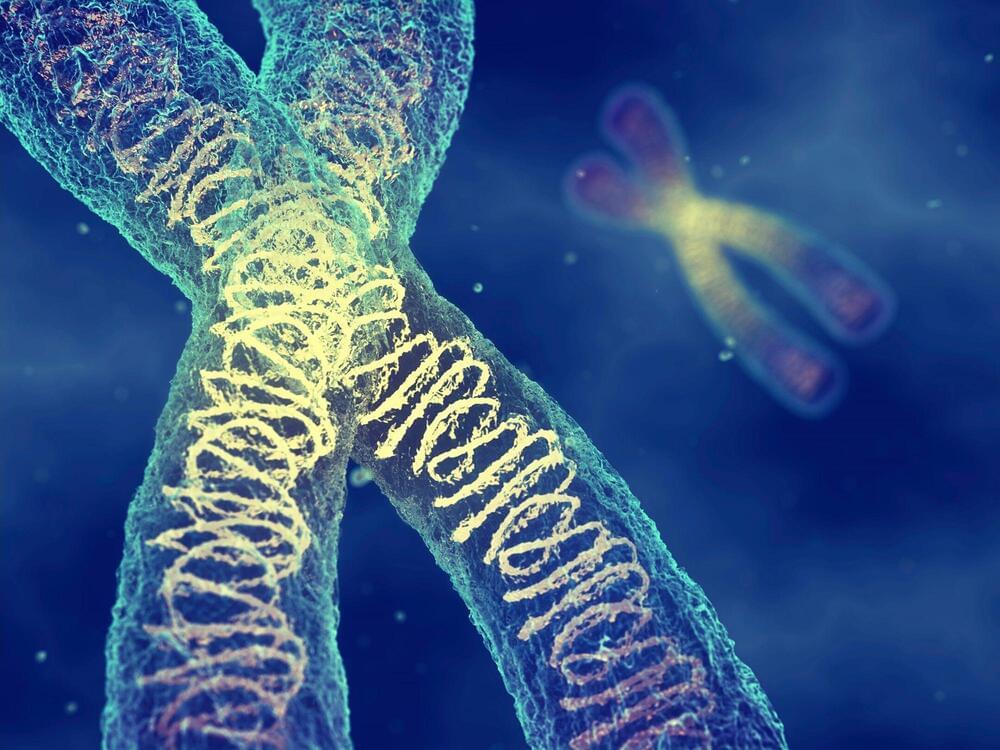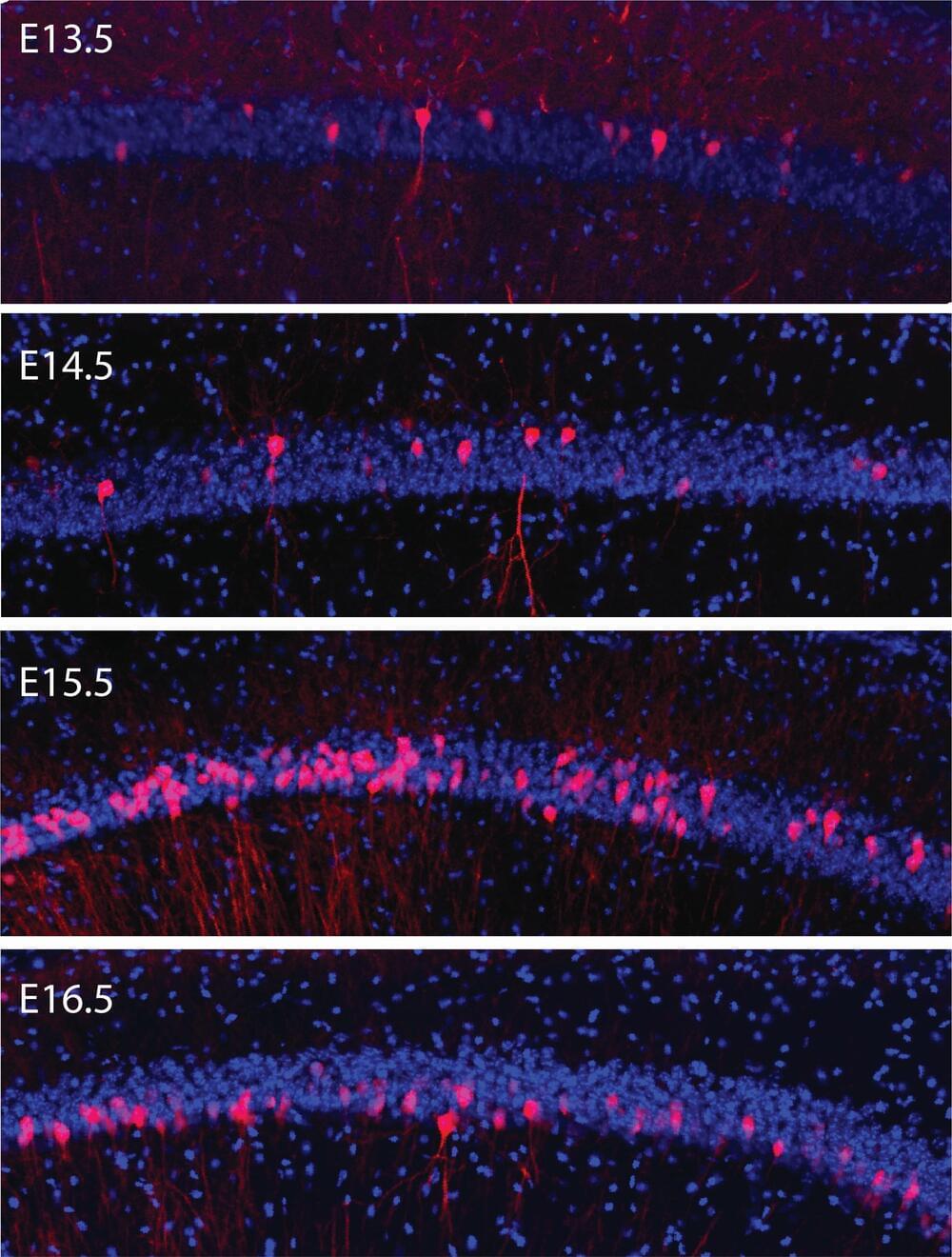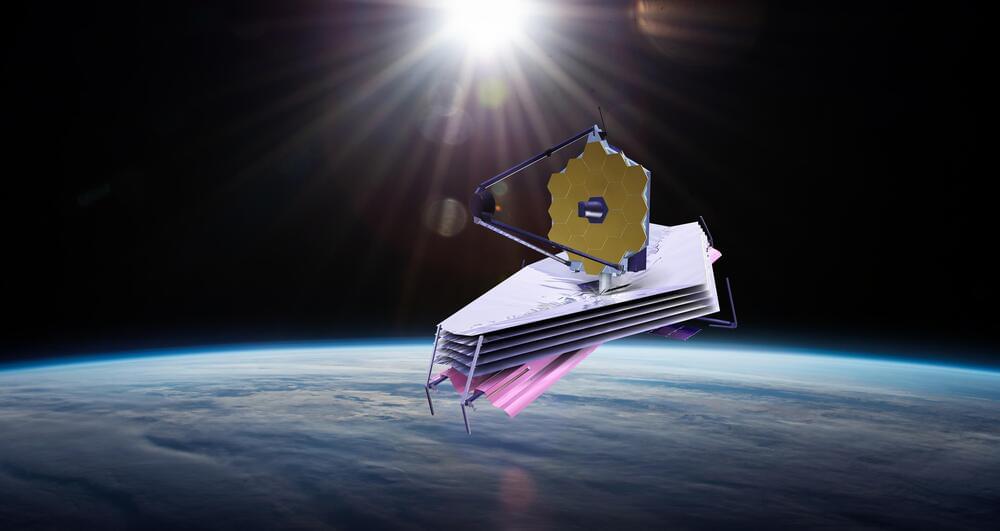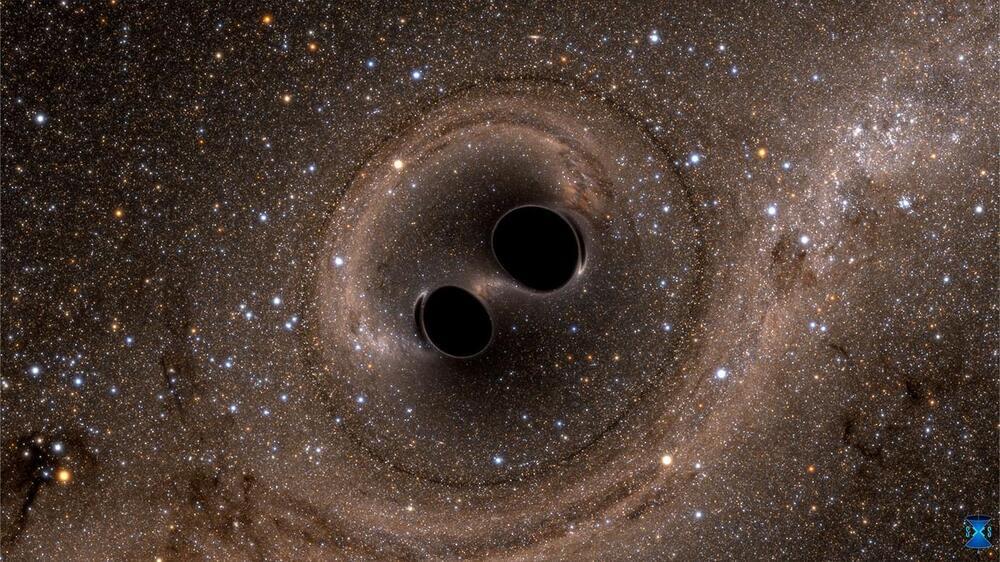By studying how electric organs arose in different lineages of fish, scientists gain new insights into a long-standing question of evolutionary biology.



O.o!!!!!
Changing the number of chromosomes an animal has can take millions of generations to happen in nature through the course of evolution – and now, scientists have been able to make these same changes in lab mice in a relative blink of an eye.
The new technique using stem cells and gene editing is a major accomplishment, and one that the team is hoping will reveal more about how the rearrangement of chromosomes can influence the way that animals evolve over time.
It’s in chromosomes – those strings of protein and DNA inside cells – that we find our genes, inherited from our parents and blended together to make us who we are.

Analysis of the genome and proteome shows that eukaryotic evolution gave rise to the regulatory function of chromatin.
Two meters of DNA
DNA, or deoxyribonucleic acid, is a molecule composed of two long strands of nucleotides that coil around each other to form a double helix. It is the hereditary material in humans and almost all other organisms that carries genetic instructions for development, functioning, growth, and reproduction. Nearly every cell in a person’s body has the same DNA. Most DNA is located in the cell nucleus (where it is called nuclear DNA), but a small amount of DNA can also be found in the mitochondria (where it is called mitochondrial DNA or mtDNA).

This finding “proved” the significance of chromosomal rearrangement, a crucial evolutionary indicator of the emergence of a new species.
Researchers from the Chinese Academy of Sciences (CAS) claim to have found a novel technique for programmable chromosome fusion successfully producing mice with genetic changes “that occur on a million-year evolutionary scale” in the laboratory.
The findings could shed light on how chromosome rearrangements—the tidy packages of organized genes provided in equal numbers by each parent, which align and trade or blend traits to produce offspring—influence evolution, reported Phys.org on Thursday.
Evolutionary chromosomal changes may take a million years in nature, but researchers are now reporting a novel technique enabling programmable chromosome fusion that has successfully produced mice with genetic changes that occur on a million-year evolutionary scale in the laboratory. The result may provide critical insights into how rearrangements of chromosomes—the tidy packages of organized genes, provided in equal number from each parent, which align and trade or blend traits to produce offspring—influence evolution.
In results published today in Science, the researchers reveal that chromosome-level engineering can be achieved in mammals, and they successfully derived a laboratory house mouse with novel and sustainable karyotype, providing critical insight into how chromosomal rearrangements may influence evolution.
“The laboratory house mouse has maintained a standard 40-chromosome karyotype—or the full picture of an organism’s chromosomes—after more than 100 years of artificial breeding,” said co-first author Li Zhikun, researcher in the Chinese Academy of Sciences (CAS) Institute of Zoology and the State Key Laboratory of Stem Cell and Reproductive Biology. “Over longer time scales, however, karyotype changes caused by chromosome rearrangements are common. Rodents have 3.2 to 3.5 rearrangements per million years, whereas primates have 1.6.”
Microsoft has shut down more than 1,400 malicious email accounts used by cybercriminals to collect stolen customer passwords via ransomware in the past year. The technology company has presented the second edition of ‘Cyber Signals’, a report that it produces periodically on cyber threats and that shows trends in security and cybercrime. In this issue, it offers insight into the evolution of extortion in cybercrime.
In this analysis, the company highlights that the specialization and consolidation of cybercrime have driven ransomware as a service (RaaS), which has become a dominant business model. RaaS programs, such as Conti or REvil, offer cybercriminals the opportunity to buy access to both ransomware payloads, leaked data and payment infrastructure.
These are used by different malicious actors, among which are the so-called access ‘brokers’, who sell the possibility of accessing the networks. In this way, those cybercriminals who do not have the necessary knowledge to execute the attacks can pay for these techniques and use them.
Earth’s interior is a far from quiet place. Deep below our surface activities, the planet rumbles with activity, from plate tectonics to convection currents that circulate through the hot magmatic fluids far underneath the crust.
Now scientists studying satellite data of Earth have identified something inside Earth we’ve never seen before: a new type of magnetic wave that sweeps around the surface of our planet’s core, every seven years.
This discovery could offer insight into how Earth’s magnetic field is generated, and provide clues of our planet’s thermal history and evolution – that is, the gradual cooling of the planetary interior.

Montana this month gave a City of Billings contractor approval to build homes using 3D-printed walls for new construction in the state. The technology Tim Stark, the contractor, is using comes from Apis Cor, a Florida-based technology company that emphatically states on its website, “We print 3D buildings.”
The first time I encountered Apis Cor was when I wrote about the state of 3D-printed buildings back in 2016. Then Apis Cor was Russia-based and was working with a U.S. company. The website links in my posting back then for both the Russian and U.S. company no longer work. So I am guessing that the Apis Cor of today represents the evolution of both the technology platform as well as the business.
The current version of Apis Cor has constructed a number of pilot homes in the U.S. and the biggest 3D-printed building in the world in the United Arab Emirates. The technology has complied with some international building code standards but not yet in the U.S. Getting regulatory approval from the state of Montana, however, will likely open the door to seeing 3D printers being used more extensively here in North America, and can help lower the cost of home builds and solve growing demand.

Brain cells with the same “birthdate” are more likely to wire together into cooperative signaling circuits that carry out many functions, including the storage of memories, a new study finds.
Led by researchers from NYU Grossman School of Medicine, the new study on the brains of mice developing in the womb found that brain cells (neurons) with the same birthdate showed distinct connectivity and activity throughout the animals’ adult lives, whether they were asleep or awake.
Published online August 22 in Nature Neuroscience, the findings suggest that evolution took advantage of the orderly birth of neurons—by gestational day—to form localized microcircuits in the hippocampus, the brain region that forms memories. Rather than attempting to create each new memory from scratch, the researchers suggest, the brain may exploit the stepwise formation of neuronal layers to establish neural templates, like “Lego pieces,” that match each new experience to an existing template as it is remembered.

The James Webb space telescope continues to dazzle. After releasing the telescope’s first images in July, NASA and the other agencies behind the new telescope have continued to monitor and observe new galaxies and celestial phenomena. Now, the Cosmic Evolution Early Release Science Study (CEERS) has released James Webb’s largest image to date.
The new image is a mosaic that includes multiple pieces of data put together by people working on CEERS. The team is made up of 105 scientists and 19 investigators stationed across 28 institutions in the world. They captured all of the data using the new telescope. Together they all make up James Webb’s largest image to date.
The data was gathered using James Webb’s Near Infrared Camera (NIRCam), its Near Infrared Spectrograph (NIRSpec), and its Mid-Infrared Instrument (MIRI). Each part of the data was taken parallel to the others. Researchers then carefully stitched them together. The instruments capture data using wavelengths that aren’t visible to the naked eye. They then translated the data into visible images.
